What is VDSL technology and how does it differ from ADSL?
VDSL stands for Very High Bitrate Digital Subscriber Line. VDSL is the new generation of broadband internet that uses your copper telephone line but offers faster connection speeds. Like ADSL, the speed of this technology depends on the length of the copper cable from your home to the network equipment. In other words, as your distance to network equipment and its switching increases, so does your Internet speed.
VDSL provides a better user experience for Internet users and uses the same shared line more efficiently. The user connection is provided by installing a fiber optic node near the user’s location that connects to the ISP using fiber optic cables. VDSL is most commonly used for applications such as Internet TV (VOD), VoIP system, etc. that require high bandwidth.
What is the difference between VDSL and ADSL?
Speed
The first and most important difference between the two Internet connections is their speed. VDSL offers users faster speeds than ADSL connections. VDSL provides download speeds of up to 70 Mbps and upload speeds of up to 10 Mbps. But ADSL, on the other hand, provides a maximum download speed of 24 Mbps, and the upload speed will be much slower.
Downstream and Upstream, on the other hand, are no longer an issue and all VDSL users receive the same speed. Of course, the remarkable thing about VDSL is that the quality of the copper cables and the distance from the user to the network switching directly affect the speed of service.
Cost
The next difference between the two services is their costs and tariffs. The tariffs for the two services are not much different, but due to the newer VDSL connection and the fact that it has fewer providers than ADSL, it will cost more to provide a VDSL connection.
Access
Because VDSL is a new and advanced technology, its access is more limited than ADSL. While Internet service providers are expanding their VDSL networks and making them available to the public, in many parts of the country you may not yet have access to them. While ADSL Internet service providers cover a much wider range.
Signal
As we said, both of these services depend on the distance of the users to the switching center of the service provider. As the distance between the users increases, the received signals weaken and as a result the internet speed decreases. But compared to ADSL, the VDSL signal weakens faster.
In general, the function of ADSL and VDSL are the same, but by comparing the features we mentioned, we can conclude that VDSL is superior to ADSL. Currently, the Ministry of Communications are trying to quadruple the speed of the Internet using VDSL technology, and if this happens, in the near future we will probably see the migration of users from ADSL to VDSL.


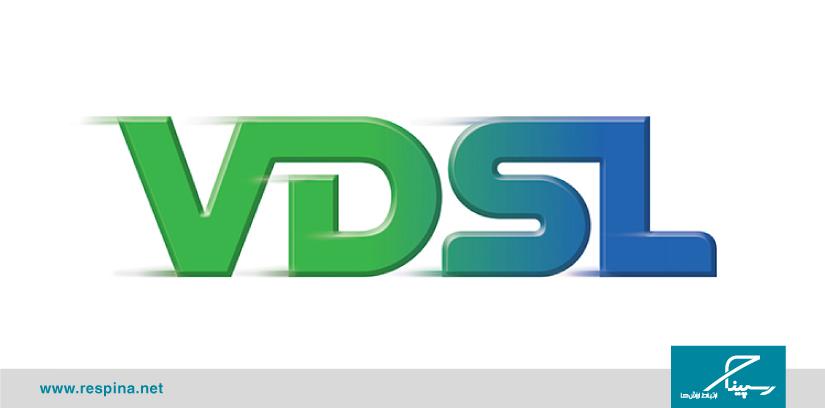

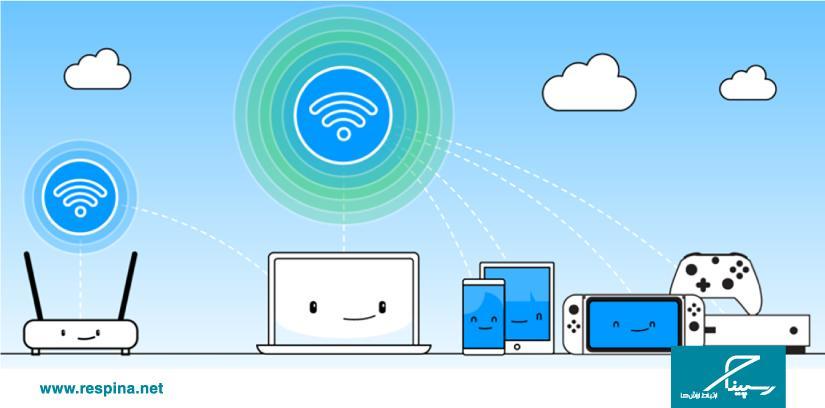


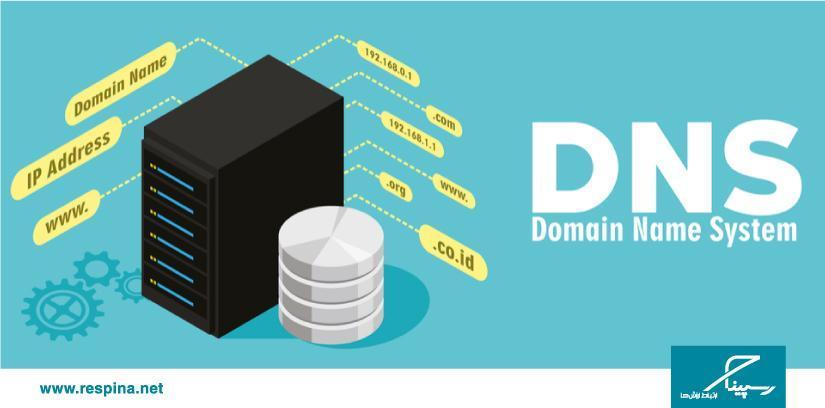

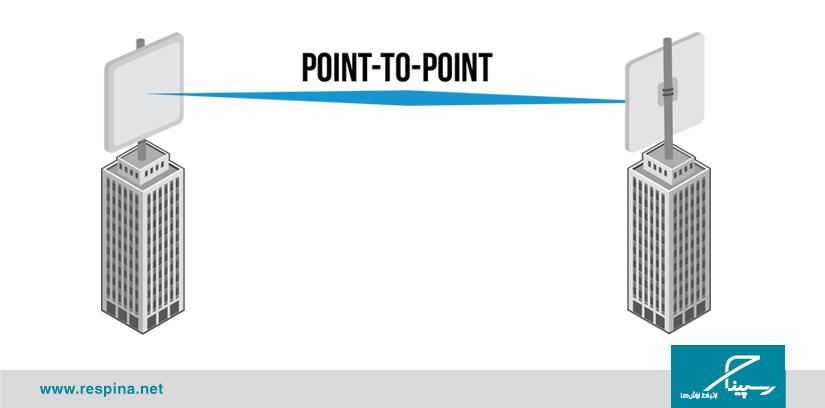
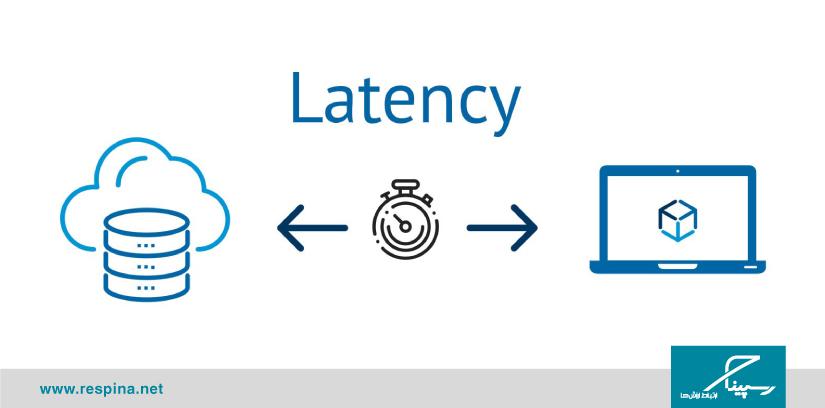

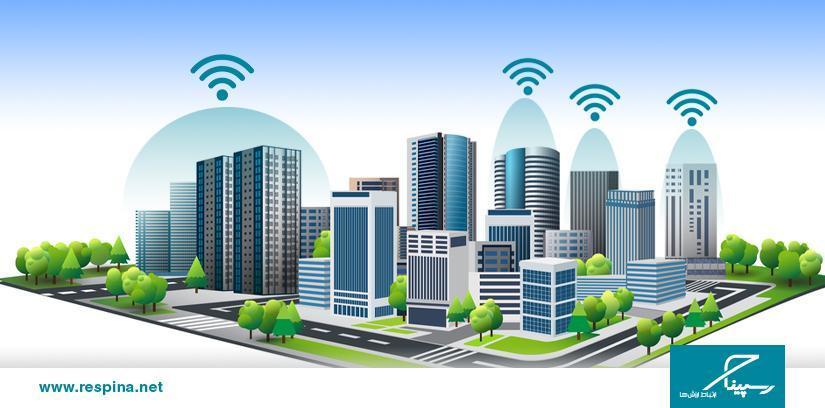

دیدگاهتان را بنویسید
برای نوشتن دیدگاه باید وارد بشوید.